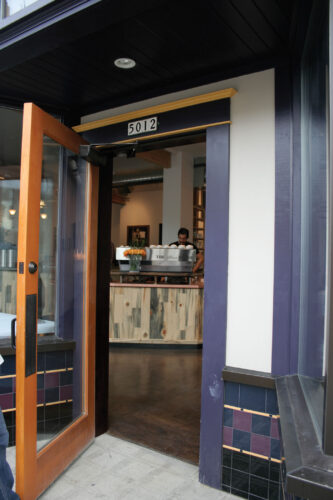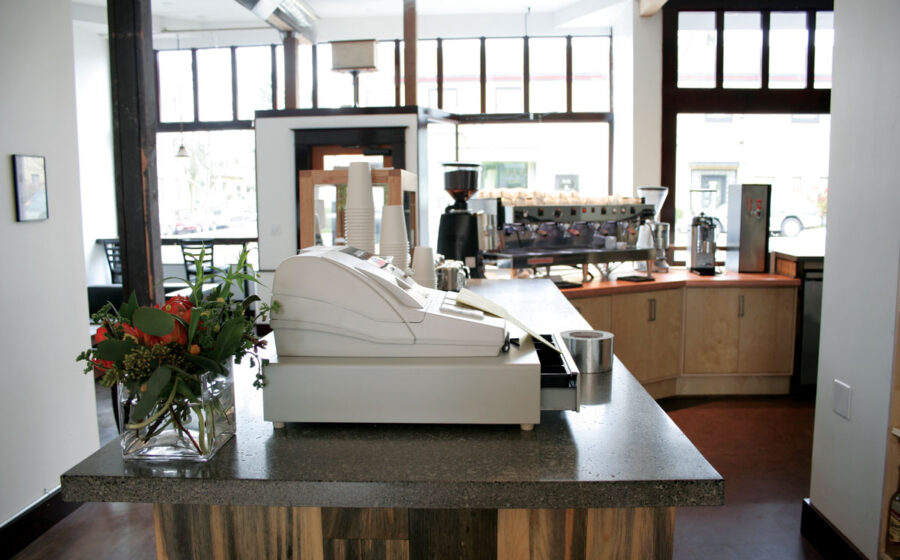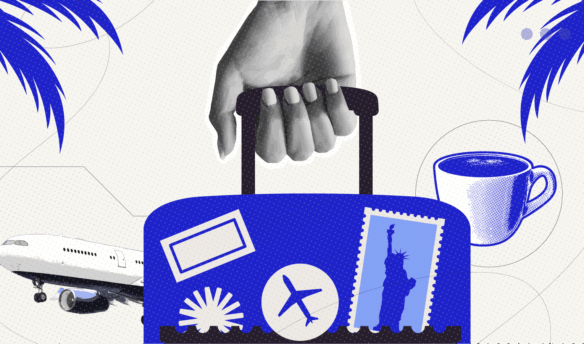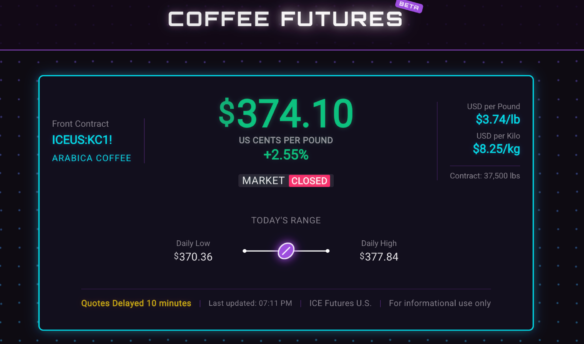[F]or many people getting into the coffee and tea business, a common goal is to run multiple shops. Once your first café starts performing well, it’s a great time to consider expanding. Opening a second café can provide an exciting opportunity for you as a café owner, and although there may be challenges, it can create greater visibility, increase sales, and, when done right, increase profits.
Many of the challenges in opening a second shop are obvious, like having the investment money to build the second space and managing people in two different locations. There are also less obvious challenges, such as making sure you have a POS system that can track and handle multiple units and various ordinances and sales tax rates if your second shop is in a different municipality.
Like most things in business, careful planning can alleviate painful mistakes in the future. Sitting down to brainstorm what your second location will look like from an operational and financial layout is as important as drawing the blueprints to build the store.
Investment Costs
When going into an investment of this size, you must understand your payback period. The payback period is how long it will take for you to re-coup your investment. For instance, if it costs $150,000 to build your second location and it provides $50,000 in additional profit per year, your payback will be three years. Once you clear your investment, the additional profits add directly to you overall business.
To figure out how much profit to expect, look at the income statement for your current location. Do you think you will make more or less in sales than this location? How much more or less? Now imagine what your income statement would look like if you made the estimated sales numbers at your second location. Factor in key changes like rent but assume that the majority of costs will be similar to your first location. This can be a quick and simple way to build a budget and determine what to expect in profit out of this second location. As you are estimating, try not to get too specific. You can waste a lot of time on numbers that can never be perfectly accurate.
Once you determine your payback period, you’ll need to ask yourself if it’s fast enough. If you are seeking an investment from a third party to fund your second location, make sure that the payback period provides ample time to meet the needs of your lender. If you are funding the second location from existing operations, make sure that the entire business can bear the burden without suffering.
Management of Multiple Units

With a second operation, you will want to ensure consistency in your policies between the two units. If employees at one location are able to do something those at the other aren’t, you can create unfairness in the work environment. Inconsistency can especially affect customers. If a customer receives their favorite beverage one way at one location, they’ll be put out if it’s done a different way at another location.
Looking at your existing policies before you enter the second location can prevent these types of problems from happening in the first place. When you do find that things aren’t working the way you had anticipated and need to make a change, think through how the change can best be worked out in both locations before implementing. Creation of a simple operations manual will help maintain consistent delivery of products and employee treatment between locations.
POS System
Once you reach a second location, you must create a communications mechanism within your POS system to understand what is happening in your stores. When you have one store, it’s easy to get a feeling of what is happening today or yesterday. When you add a second location, the time it takes to analyze your business doubles. You now need to make two phone calls or make multiple drives to locations.
Having the right POS system can help with this. A system that can handle multiple locations with reporting and accounting can save you many hours and also allow you to run a stronger business. It should have key indicators reporting the previous day’s sales, labor costs, and bank deposits. Some systems can send this in an e-mail or post it online, cutting down on logistical hassles.
Your system should also allow for “drill-down” capabilities. If you have a question as to why sales are up or down compared to your expectations, you can click on the sales and see what sold. The same is true of labor. If labor is high or low, you can see who worked and how long. To find the right POS system, first define what your needs are, then talk with POS companies to learn which system best matches your needs.
There are many things that change when you open a second location. I’ve talked about a few of the pieces to consider. However, there are many more such as understanding the rules of a particular landlord, neighborhood, or municipality; centralizing your bookkeeping; consolidating your purchases. Opening a second location is one of those moments that can be extremely exciting and scary for most business owners. Remember that expansion is a fun opportunity that with careful planning can help you accomplish your financial goals.
—Financial strategy developer Chris Legler is a longtime contributor to Fresh Cup. Photos by Nicole O’Banion.
















